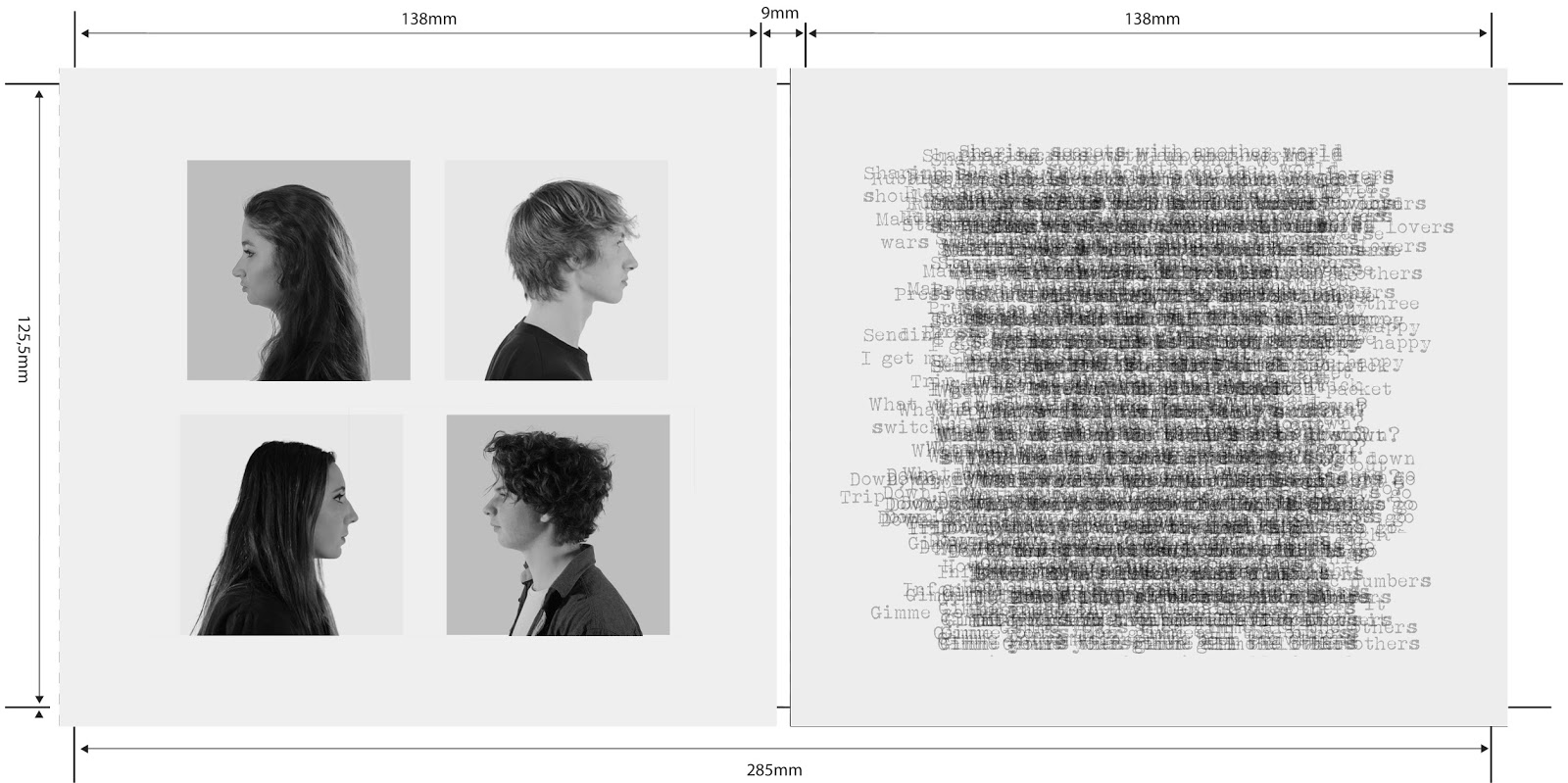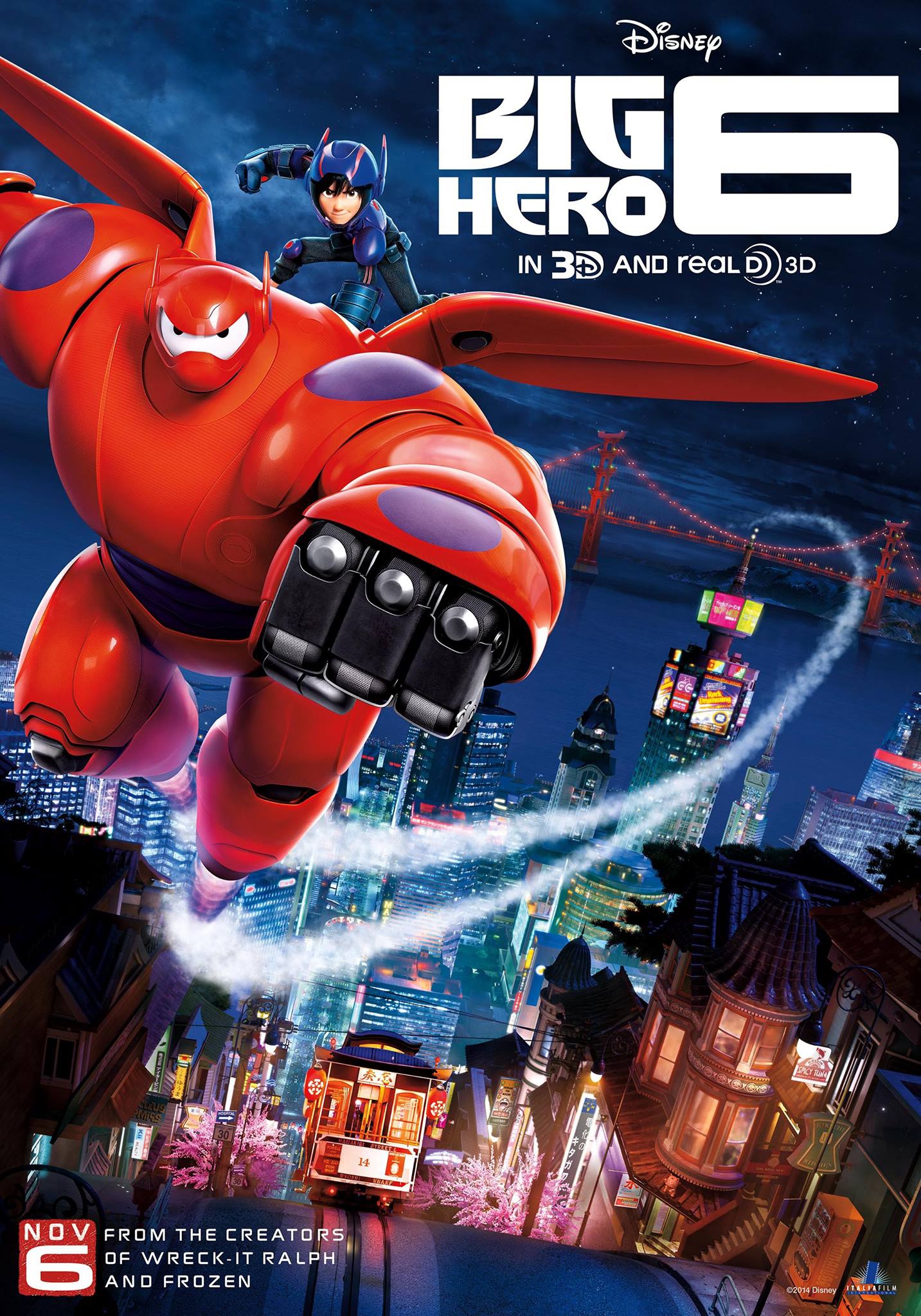1. Film genre and type of production
Genre: Teen, Thriller-Drama
Type of film: Independent Film
Rating: 15
Budget: Low budget - estimated to be £3million
Sources: IMDb, Green Screen Productions, Marcus Romer's blog
2. What's the film about?
 Synopsis: A journey through the memories of teenager Paul Varderman as he reflects on the events leading to the fatal moment his life is cut short. Paul moves to a new school and becomes involved with 'The Freaks', a group on the periphery of school life, those who don't fit in: scene kids, emo kids, indie kids. Outsiders. At the same time he attracts the attention of the schools twisted and manipulative bully, Roth. When Paul delivers a message from Roth to the leader of a gang at a rival school, it sparks a dangerous feud. Faced with growing pressures from both groups, Paul must decide where his friendship lies, a decision that may cost him his life.
Synopsis: A journey through the memories of teenager Paul Varderman as he reflects on the events leading to the fatal moment his life is cut short. Paul moves to a new school and becomes involved with 'The Freaks', a group on the periphery of school life, those who don't fit in: scene kids, emo kids, indie kids. Outsiders. At the same time he attracts the attention of the schools twisted and manipulative bully, Roth. When Paul delivers a message from Roth to the leader of a gang at a rival school, it sparks a dangerous feud. Faced with growing pressures from both groups, Paul must decide where his friendship lies, a decision that may cost him his life.
Sources: IMDb, Official Trailer
4. Nationality of the film?
The Knife That Killed Me is an entirely British production. It is made independently with a British cast, crew, setting, production company and target audience. There are also a number of themes which are especially relevant to a British culture, such as knife-crime.
Sources: IMDb, Official Website, Official Trailer
5. Institutions behind the film's production and UK/US distribution? Where are they based?
Companies involved in the production of The Knife That Killed Me include:

Sources: IMDb, Wikipedia
10. Core audience? Secondary/tertiary markets?
The core audience for The Knife That Killed Me will be British teenagers and young adults. This is proven by the film's age rating, as if it were targeted to a wider audience it would likely be a 12 or PG rated film. Fans of the book would also fit into the core audience as they would most likely want to see the film as well. Secondary audiences include the regional market; specifically people living where the film was shot in Yorkshire. The relatable setting may allow this group to connect with the film more easily. Fans of any of the actors would also be considered a secondary market, however Jack McMullen is the only actor with a considerable fan-base. The tertiary markets would include fans of any genre present within the film. These could include fans of crime films, dramas or independent films.
Sources: IMDb,
Sources: IMDb, Green Screen Productions, Marcus Romer's blog
2. What's the film about?
 Synopsis: A journey through the memories of teenager Paul Varderman as he reflects on the events leading to the fatal moment his life is cut short. Paul moves to a new school and becomes involved with 'The Freaks', a group on the periphery of school life, those who don't fit in: scene kids, emo kids, indie kids. Outsiders. At the same time he attracts the attention of the schools twisted and manipulative bully, Roth. When Paul delivers a message from Roth to the leader of a gang at a rival school, it sparks a dangerous feud. Faced with growing pressures from both groups, Paul must decide where his friendship lies, a decision that may cost him his life.
Synopsis: A journey through the memories of teenager Paul Varderman as he reflects on the events leading to the fatal moment his life is cut short. Paul moves to a new school and becomes involved with 'The Freaks', a group on the periphery of school life, those who don't fit in: scene kids, emo kids, indie kids. Outsiders. At the same time he attracts the attention of the schools twisted and manipulative bully, Roth. When Paul delivers a message from Roth to the leader of a gang at a rival school, it sparks a dangerous feud. Faced with growing pressures from both groups, Paul must decide where his friendship lies, a decision that may cost him his life.
Themes:
- Outsiders
- Friendship
- Death
- Morality
- Crime
3. Global and UK release dates? Where and what formats?
 The Knife That Killed Me was released on the 24th of October via Video-on-Demand streaming and a DVD version distributed by Universal Studios. There were three premieres for the film at Bradford, Manchester and London. These were all shown on the 15th of July. Furthermore, the film was also streamed online through Youtube to a global audience. The film will not have a theatrical release. In order to have a limited screening for the film, a kickstarter project was started to raise funding for the events.
The Knife That Killed Me was released on the 24th of October via Video-on-Demand streaming and a DVD version distributed by Universal Studios. There were three premieres for the film at Bradford, Manchester and London. These were all shown on the 15th of July. Furthermore, the film was also streamed online through Youtube to a global audience. The film will not have a theatrical release. In order to have a limited screening for the film, a kickstarter project was started to raise funding for the events.
 The Knife That Killed Me was released on the 24th of October via Video-on-Demand streaming and a DVD version distributed by Universal Studios. There were three premieres for the film at Bradford, Manchester and London. These were all shown on the 15th of July. Furthermore, the film was also streamed online through Youtube to a global audience. The film will not have a theatrical release. In order to have a limited screening for the film, a kickstarter project was started to raise funding for the events.
The Knife That Killed Me was released on the 24th of October via Video-on-Demand streaming and a DVD version distributed by Universal Studios. There were three premieres for the film at Bradford, Manchester and London. These were all shown on the 15th of July. Furthermore, the film was also streamed online through Youtube to a global audience. The film will not have a theatrical release. In order to have a limited screening for the film, a kickstarter project was started to raise funding for the events.
Sources: IMDb, Official Website, Kickstarter
4. Nationality of the film?
The Knife That Killed Me is an entirely British production. It is made independently with a British cast, crew, setting, production company and target audience. There are also a number of themes which are especially relevant to a British culture, such as knife-crime.
Sources: IMDb, Official Website, Official Trailer
5. Institutions behind the film's production and UK/US distribution? Where are they based?
Companies involved in the production of The Knife That Killed Me include:

- Green Screen Productions
- Gloucester Place Films
- International Pictures Three (a subsidiary of Matador Pictures)
- Heslington Studios
Companies involved in the distribution of The Knife that Killed Me include:
- Universal Pictures
- Focus Features
- Stealth Media Group
6. What's the film's production budget?
The budget of the film is estimated to be about £3million. This funding would've come from a variety of sources:
- Premiere Pictures
- Matador Pictures
- Possibly Kickstarter
7. Any connections with other films?
The film is independently made and has no direct connections to other films. However, the film is made using the same production technique as '300', 'Sin City' and 'The Adventures of Tin-Tin'. There is also a connection between the film and the novel that it is based from which has the same name.
Sources: Wikipedia, Green Screen Productions, Stealth Media Group
8. Who's the director?
Romer is a first time director. He has previously worked as an actor and playwright in shows such as Emmerdale.
Monkman is also a largely unknown director.
Sources: IMDb, Wikipedia, Marcus Romer's blog
9. How has the film been cast?
The cast for The Knife That Killed Me is as follows:
- Jack McMullen - Paul
- Reece Dinsdale - Paul's Dad
- Jamie Shelton - Roth
- Oliver Lee - Shane
Almost all of the actors are new to film. Many of the actors such as Jack McMullen and Reece Dinsdale will be recognised as British TV actors; they have both starred in Waterloo Road.
Sources: IMDb, Wikipedia
10. Core audience? Secondary/tertiary markets?
The core audience for The Knife That Killed Me will be British teenagers and young adults. This is proven by the film's age rating, as if it were targeted to a wider audience it would likely be a 12 or PG rated film. Fans of the book would also fit into the core audience as they would most likely want to see the film as well. Secondary audiences include the regional market; specifically people living where the film was shot in Yorkshire. The relatable setting may allow this group to connect with the film more easily. Fans of any of the actors would also be considered a secondary market, however Jack McMullen is the only actor with a considerable fan-base. The tertiary markets would include fans of any genre present within the film. These could include fans of crime films, dramas or independent films.
Sources: IMDb,













.jpg)


